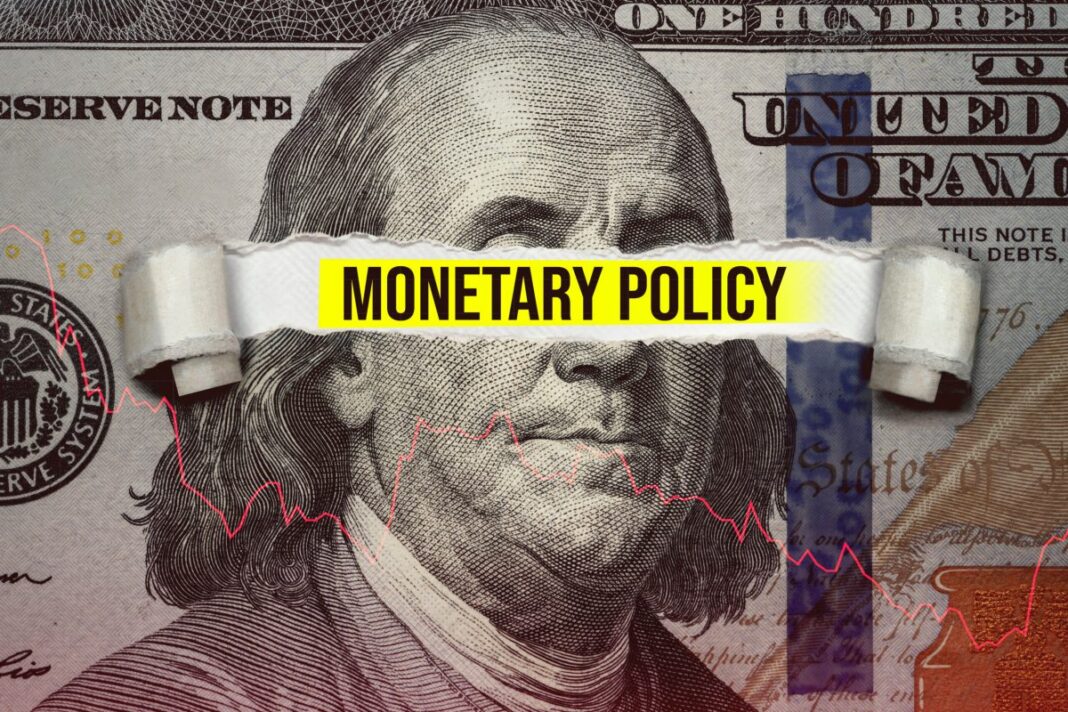Editor’s Note: Our Enterprising Investor podcast features intimate conversations with some of the most influential people from the world of finance. This post highlights some key talking points from a conversation between the show’s host, Mike Wallberg, CFA, MJ, and Campbell Harvey, PhD.
In this episode of Enterprising Investor podcast, Cam Harvey delves into his groundbreaking research on the yield curve as a predictor of economic recessions within the context of today’s economy and recent monetary policy actions. Harvey, a finance professor at Duke University, pioneered the study connecting inverted yield curves with impending recessions — a relationship that has proven remarkably reliable over the past four decades.
Understanding Yield Curve Inversion
A normal yield curve slopes upward, reflecting higher yields for longer-term investments due to their increased risk and time horizon. An inverted yield curve — where short-term interest rates exceed long-term rates — signals that investors expect lower economic growth or a recession soon. This inversion is considered a powerful leading indicator of economic downturns.
Indeed, Harvey’s research made the yield curve one of the most closely monitored tools by economists, investors, and policymakers. Its predictive power has stood the test of time, maintaining its relevance across different economic environments. In this episode of EI podcast, Harvey shares the remarkable story of how he developed and tested his original theory.
Current Economic Context
Harvey addresses the current 20-month inversion of the yield curve and implications for the economy. He explains that the curve inverted again in late 2022, sparking widespread concern about an impending recession. There have been eight yield curve inversions since the 1960s, all of which were followed by recessions. “This is a very simple indicator that is eight out of eight with no false signals. The economy is so complex, it’s remarkable you can have something that does such a reliable job,” Harvey enthuses. He concedes that the yield time between inversion and recession is inconsistent, ranging from six months to 23 months. The current inversion is 20 months.
Monetary Policy
Harvey has been critical of the Federal Reserve in the press. In this EI podcast episode, he discusses the Fed’s role in the current yield curve inversion. He maintains that the Fed’s aggressive interest rate hikes aimed at combating inflation have contributed to the inversion. As the central bank increases short-term interest rates to curb inflation, long-term rates have not risen as quickly, leading to the inversion.
CFA Institute Research and Policy Center’s “Monetary Policy: Current Events and Expert Analysis” curates a range of research and opinions across markets and asset classes.
Nuances and Considerations
While the yield curve is a critical tool for forecasting, Harvey emphasizes that it should not be used in isolation. He advises that other economic indicators and market conditions must be considered when assessing the risk of a recession. For instance, factors like employment rates, consumer confidence, and corporate earnings also play crucial roles in understanding the broader economic picture. He shares the data he believes market participants and policymakers are ignoring, to their detriment.
Harvey also explores the potential consequences of a prolonged yield curve inversion. Historically, prolonged inversions have often led to deeper and more severe recessions. He warns that if the current inversion persists, it could indicate more significant economic troubles ahead. However, he also suggests that appropriate policy responses, particularly from the Federal Reserve, could mitigate these risks.
